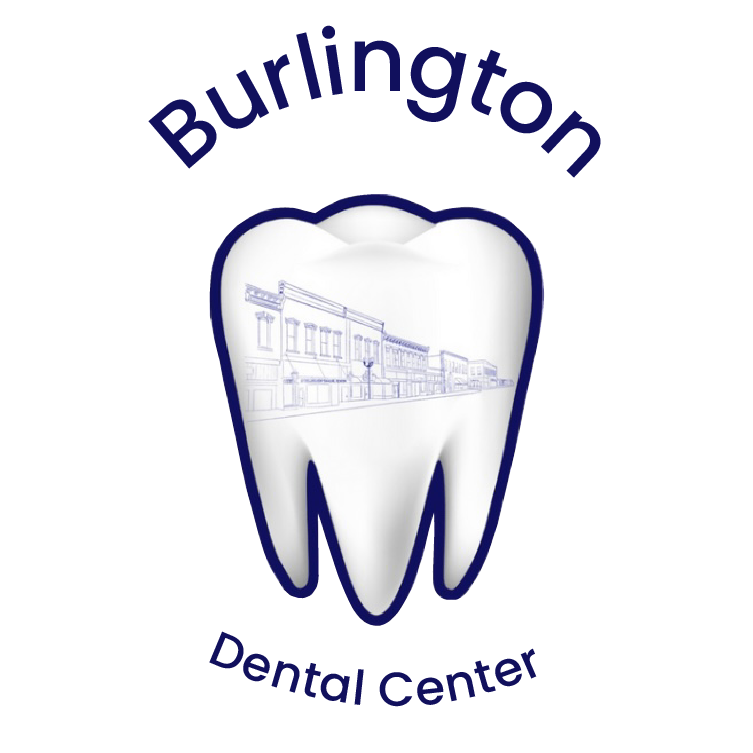"Can you drive after a root canal?” This question is more common than you might think.
There are different answers depending on various factors. In this discussion, we focus primarily on one crucial element: the type of anesthesia used during the procedure.
Quick Answer: Can You Drive After a Root Canal?
In most instances where only local anesthesia is used, you should have no concerns about driving post-procedure. However, if conscious sedation, IV sedation, or similar methods are employed, it's crucial to arrange for alternative transportation.
Types of Anesthesia in Root Canals
Two main categories of anesthesia are typically used during root canals:
Local Anesthesia: Generally safe for driving; you should not be mentally altered by local anesthetic
Sedation Methods: Includes conscious sedation, IV sedation; not recommended for those planning to drive
Local Anesthesia: Generally Safe for Driving
Local anesthesia is administered directly into the treatment area to numb it. This type of anesthesia doesn't affect your cognitive functions or motor skills. In most root canals, local anesthesia is the standard, meaning that driving yourself home should generally not be an issue.
Sedation Methods: Not Safe for Driving
When it comes to conscious sedation or IV sedation, these methods affect more than just the area being treated:
Conscious Sedation: A combination of medicines to help you relax and block pain.
IV Sedation: Sedative drugs are administered through an intravenous (IV) line.
Both of these sedation methods will impair your judgment, motor skills, and responsiveness. If any form of sedation other than local anesthesia is used, it's strongly recommended not to drive. Most dentists and endodontists will require you to have a ride home arranged before offering sedation treatment.
Nitrous Oxide: Safe to Drive After Laughing Gas?
Nitrous oxide, colloquially known as "laughing gas", is another sedation method sometimes employed during dental procedures, including root canals. The gas is mixed with oxygen and inhaled through a mask, helping the patient to relax during the procedure.
Effects During Treatment: The patient might feel light-headed, giggly, or even a bit euphoric, hence the colloquial name. It doesn't send the patient fully to sleep, but rather reduces anxiety and the sensation of pain.
Post-Procedure Protocol: After the treatment concludes, the dentist or endodontist will typically have the patient breathe 100% oxygen for about 5-10 minutes. This ensures the complete removal of the nitrous oxide from the system.
Driving Post-Procedurally: Due to the oxygen flush post-procedure, patients should no longer be cognitively altered. As a result, it is generally considered safe to drive after a procedure where nitrous oxide was used, once the oxygen flush protocol has been followed.
However, patients should always discuss their individual circumstances with their dental professionals and should refrain from driving if they feel any residual effects or discomfort.
Consult with Your Dental Professional
Before undergoing a root canal, make sure to consult your dentist or endodontist about the anesthesia options. They will provide specific recommendations tailored to your health status and the complexity of the procedure. Knowing what type of anesthesia will be used allows you to plan your transportation accordingly.
Alternative Transportation for Sedation Cases
If you're having a root canal with any method of sedation other than local anesthesia, plan ahead:
Designated Driver: A reliable friend or family member can pick you up.
Public Transport: Make sure the timing aligns with your appointment.
Ride-Sharing Services: Opt for services like Uber or Lyft.
Conclusion
Whether or not you can drive after a root canal is mainly influenced by the type of anesthesia used. With local anesthesia, driving should be safe, but for sedation methods like conscious or IV sedation, you'll need alternative transportation. As always, consult your dental professional for personalized guidance and prioritize your safety above all else.
FAQs
Is it illegal to drive under the effects of dental sedation?
Laws will vary depending on your country and municipality, but if nothing else it's highly risky and can be considered impaired driving, subjecting you to legal consequences.
How long should I wait before driving if sedation methods are used?
This varies by individual and should be discussed with your dental professional. As a general rule, you should plan to avoid driving for the remainder of the day.
Are there any risks involved in driving after only local anesthesia is used?
Generally, local anesthesia should not pose risks for driving, but always consult with your dental professional.
* Though the author of this post is a licensed dentist in the state of Kansas, this information is provided for informational and educational purposes only. Please use your best judgment and contact emergency medical services in the event of an emergency.

